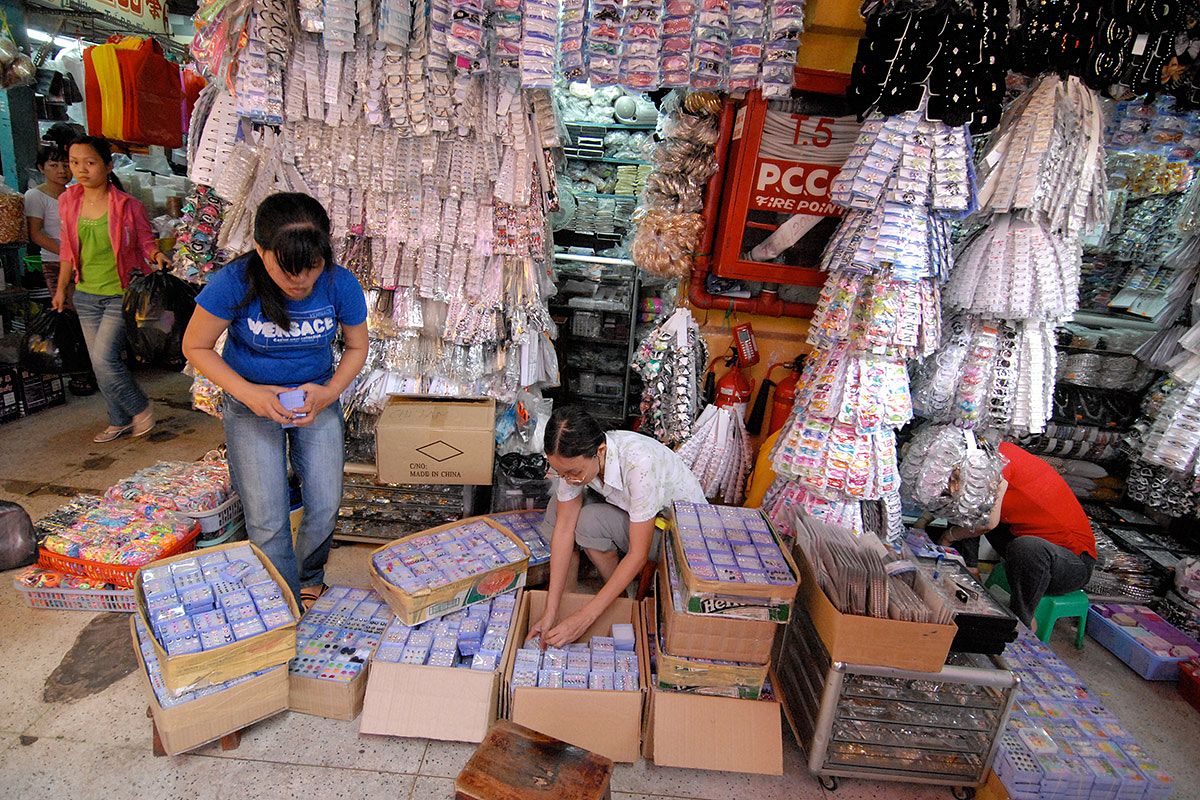In the final installment of his two-part series, cultural and environmental anthropologist Jacob Weger explains why rainy season is getting more unpredictable and what the future of Southeast Asia' monsoons might be.
Last month, I explained how Southeast Asia's monsoon systems work and why they have the tendency to turn Saigon into a swimming pool each year.
Now that we understand exactly why it's always raining, allow me to explain a few of the many reasons why that swimming pool effect varies so much from year to year, as well as what global warming might change in the coming decades.
Both from year to year and decade to decade, the Asian monsoons vary significantly. This is, for the most part, due to the monsoon systems' interactions with other climate phenomena, such as the El Niño-Southern Oscillation (ENSO) phenomenon. Below-average Indian summer monsoon rainfall is often associated with El Niño events, for instance, while above-average rainfall accompanies La Niña ones.
As we discussed in 'Attack of the Monsoons: Part 1', Asian monsoons are the result of a difference in temperature between the Eurasian landmass and the Pacific and Indian Oceans. Because of this, any changes in land or ocean temperatures have a significant impact on the region's monsoons.
Even the tiniest factor can set off a larger chain of events which changes the monsoons during that year. For example, greater snow cover on the Tibetan Plateau means the land reflects more heat than it absorbs, leading to not only weaker monsoons but also weaker trade winds in the Pacific Ocean. Both of these things can potentially trigger an El Niño event.

Photo via http://www.un-spider.org/
While scientists are able to get some idea of how this might affect the monsoon systems during a given year, these relationships are not always predictable. To complicate things further, warming trends add another layer of variables to the mix, causing things to go a bit haywire.
What climate change could do to Southeast Asia's monsoons
With Asia's monsoon systems being temperamental as they are, climate change is sure to produce changes as a result of increased heat in the atmosphere and overall changes in moisture transport.
According to the 2013 Intergovernmental Panel on Climate Change's (IPCC) Fifth Assessment Report, the entire global monsoon system is expected to increase in both area and intensity over the coming years. Heavy precipitation may arrive sooner and leave later, resulting in a longer rainy season than you remember in years past.

Photo by Lee Starnes
For Southeast Asia in particular, the extremes are likely to get worse, while year-to-year variability will increase at the same time. In the end, this all means that some years will be wetter and some drier, but both rainstorms and droughts are expected to become more severe across the region.
In general, global climate models show a trend of less wind associated with monsoons but increasing moisture. This phenomenon gets described as 'warmer-get-wetter', meaning warmer sea surface temperatures cause greater evaporation and more precipitation.
For the East Asian monsoon system specifically, both year-to-year variability and heavy precipitation events are very likely to increase. When you think about this in real terms, the future of Southeast Asian weather patterns will have a serious impact on the lives of its residents. Both higher temperatures and unpredictably heavy rain will be especially challenging for areas – and people – who are already facing freshwater shortages.
That said, expert predictions are as varied as the monsoon systems themselves. Recent studies have suggested that while wet seasons may get wetter and dry seasons drier, the overall change in precipitation across Southeast Asia could be rather small. However, the impacts of global warming on precipitation may be much more complex and spatially variable, making them more difficult to predict than its effects on temperature.

Photo by Lee Starnes
There remains a great deal of uncertainty about the specific effects climate change will have on monsoon systems the world over. The good news is that scientists continue to improve upon the accuracy of climate models, allowing them to better foresee the coming changes, though getting these predictions right tends to be easier on a global scale rather a regional one. Still, many uncertainties remain due to the complex nature of the climate system and its many interconnecting phenomena, never mind the potentially endless supply of variables the world's population provides, such as the uncertain effects of air pollution or atmospheric dust.
In the end, only one thing is really certain: as long as global warming continues, mucking up climate patterns on which entire regions of the world have depended for millennia, there will be significant consequences for water supplies, agricultural production and human health.














